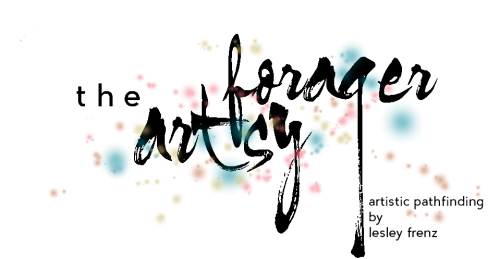The scale of the Spiral Jetty tends to fluctuate depending on where the viewer happens
to be. Size determines an object, but scale determines art. A crack in the wall if viewed
in terms of scale, not size, could be called the Grand Canyon. A room could be made to
take on the immensity of the solar system. Scale depends on one’s capacity to be
conscious of the actualities of perception.
From the center of the Spiral Jetty
North—Mud, salt crystals, rocks, water
North by East—Mud, salt crystals, rocks, water
Northeast by North—Mud, salt crystals, rocks, water
Northeast by East—Mud, salt crystals, rocks, water
East by North—Mud, salt crystals, rocks, water
East—Mud, salt crystals, rocks, water
East by South—Mud, salt crystals, rocks, water
Southeast by East—Mud, salt crystals, rocks, water
Southeast by South—Mud, salt crystals, rocks, water
South by East—Mud, salt crystals, rocks, water
South—Mud, salt crystals, rocks, water
South by West—Mud, salt crystals, rocks, water
Southwest by South—Mud, salt crystals, rocks, water
Southwest by West—Mud, salt crystals, rocks, water
West by South—Mud, salt crystals, rocks, water
West—Mud, salt crystals, rocks, water
West by North—Mud, salt crystals, rocks, water
Northwest by West—Mud, salt crystals, rocks, water
Northwest by North—Mud, salt crystals, rocks, water
North by West—Mud, salt crystals, rocks, water
–The Spiral Jetty (Arts of the Environment, edited by
Gyorgy Kepes, 1972) as written by Robert Smithson from
The Writings of Robert Smithson. Edited by Nancy Holt,
1979
After driving from New Mexico to Colorado, and through the night into Utah, the morning was clear as we made our way through golden fields. Hawks flew overhead, landing on fence posts. We drove onward onto graveled dirt roads, stopping the car to run on these roads and stretch our legs and arms in the expanse surrounding us. The September sky was crisp and clean.
We drove on as the red road curved.
We saw no one.
Finally, in the distance a blueish gray line paralleled a pink line below it. Spiral Jetty was just below these visible lines. It appeared small from our aerial view. We parked and the three of us parted ways, bounding up the hill above, or toward the salt flats below. Everything was bright as the sun radiated off of the films of salt that covered the land.
“Mud, salt crystals, rocks, water”, as Robert Smithson described in his 1972 essay on Spiral Jetty, were in every direction.
Our dog ran far into the distance. A red dot running as if she were born to, yet at some point, the smell of salt became noxious for her senses. The salt was much too potent for her keen sense of smell. She came sprinting back to me and we walked Spiral Jetty together slowly and calculated.
Darting back up the hillside, I set up my studio on the rocks near the car—which provided some minimal shade from the glaring sun. Here I painted.
Figures appeared on the salt flats below. Appearing to be hiking in from another field. After some time three travelers appeared also via car. One man and two women, all from Belgium were curious about us. They were impressed by how very much our dog appeared to “enjoy art” and upon us asking revealed that they were taking a land art tour of the Southwest. I mentioned Erin Hogan’s book, Spiral Jetta, which was a resource for us as we planned our trip to Spiral Jetty and previously to Marfa, Texas.
After being in the bright sun and intense heat from early morning until mid-afternoon we decided to move on. The colors of the salt flats had shifted displaying more pinks and washed out Payne’s grays than the deep silvers and slate blues of the morning.
We moved on.
Thank you so much, Stephanie, for sharing your experience of painting at Spiral Jetty! I think I’ll start planning my own land art tour ASAP!
Images by Stephanie Clark and Andrew Yost.














